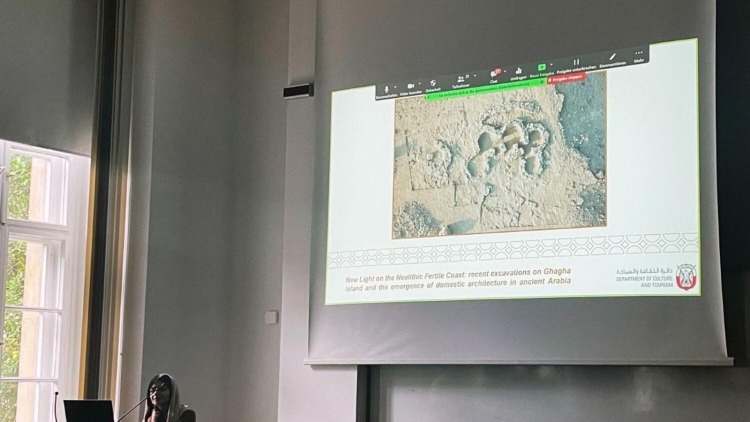Two Neolithic sites, one with a collection of stone-built rooms and the other with stone features, have been found in Abu Dhabi, according to Khaleej Times. The Abu Dhabi Department of Culture and Tourism (DCT) made the discoveries, which are described in four research papers. The finds at both sites included arrowheads, pieces of gypsum containers, and other stone tools on Ghagha Island, the westernmost tip of the emirate of Abu Dhabi, as claimed by UAE Times. Furthermore, the radiocarbon dating of these sites reveals that the island was inhabited about 6500 BC, a period during which no other household constructions in the region are known to have existed.

In the second paper, “New light on the Neolithic Fertile Coast: Recent excavations on Ghagha Island and the origins of domestic architecture in ancient Arabia,” the findings of surveys and excavations conducted on the island by DCT Abu Dhabi were described in detail. Then the third paper, “The Palaeolithic record of Abu Dhabi,” detailed the work and findings from the range of artifacts collected from these sites to the geo-archaeological approaches used to identify the raw material sources and illuminate site formation processes.
“The Oman Border Fence Project 2021: A Journey through the Hydraulic, Agricultural, and Funerary Landscapes of Al Ain” was the fourth paper, and it focused on the archaeological monitoring and excavation work done by DCT Abu Dhabi’s Historic Environment Department along an 11.5 km stretch of the UAE-Oman border.

These archaeological research papers were presented recently at the 55th Seminar for Arabian Studies, which was organized by the International Association for the Study of Arabia, at the Humboldt University of Berlin according to Zawya.
There have been multiple Palaeolithic surface sites and find spots recently discovered by fieldwork near Al Ain, Jebel Hafeet, and the edge of the Al-Jaww plain which dates back more than 300,000 years. Other noteworthy discoveries included a sizable stone-built collective tomb within an Iron Age cemetery, high-status Pre-Islamic Recent graves, and more than 50 ancient aflaj (subterranean water conduits) of different ages and construction methods.



